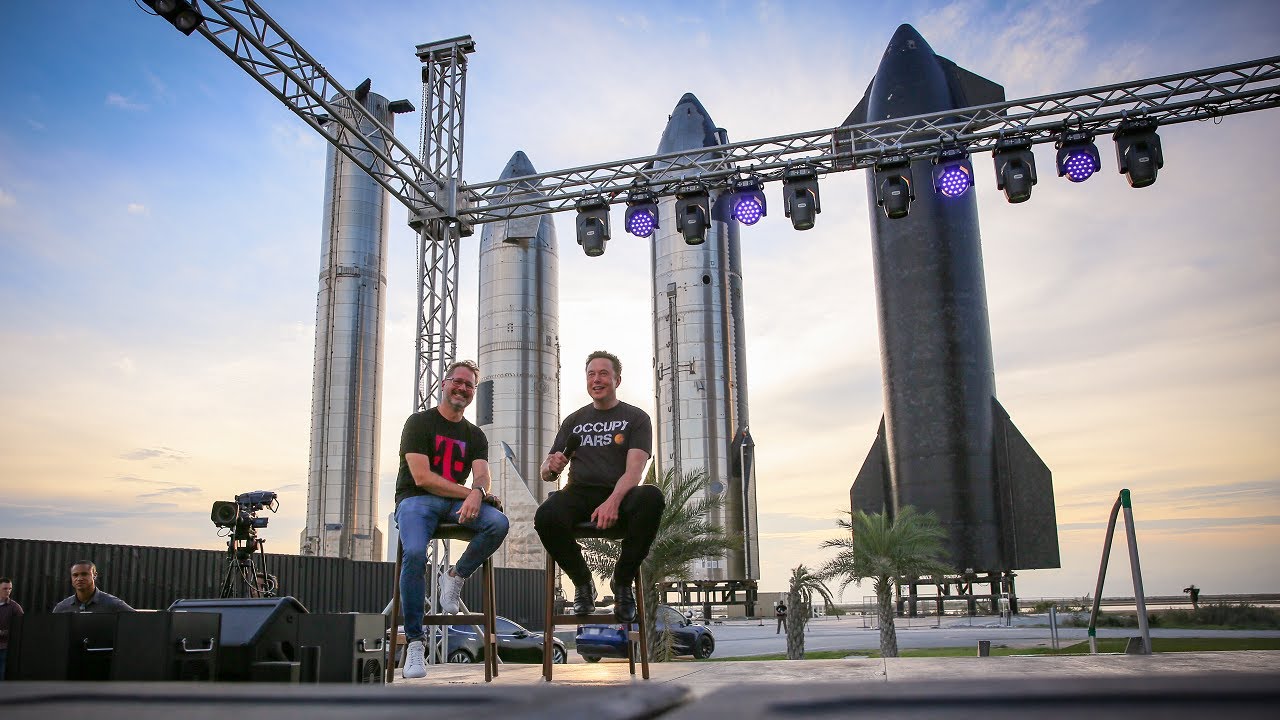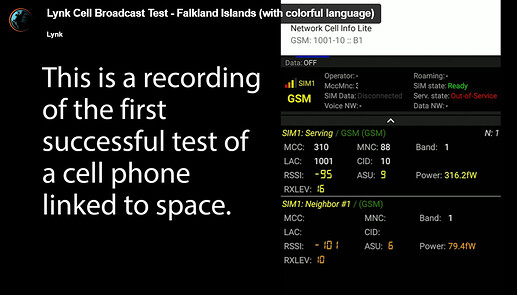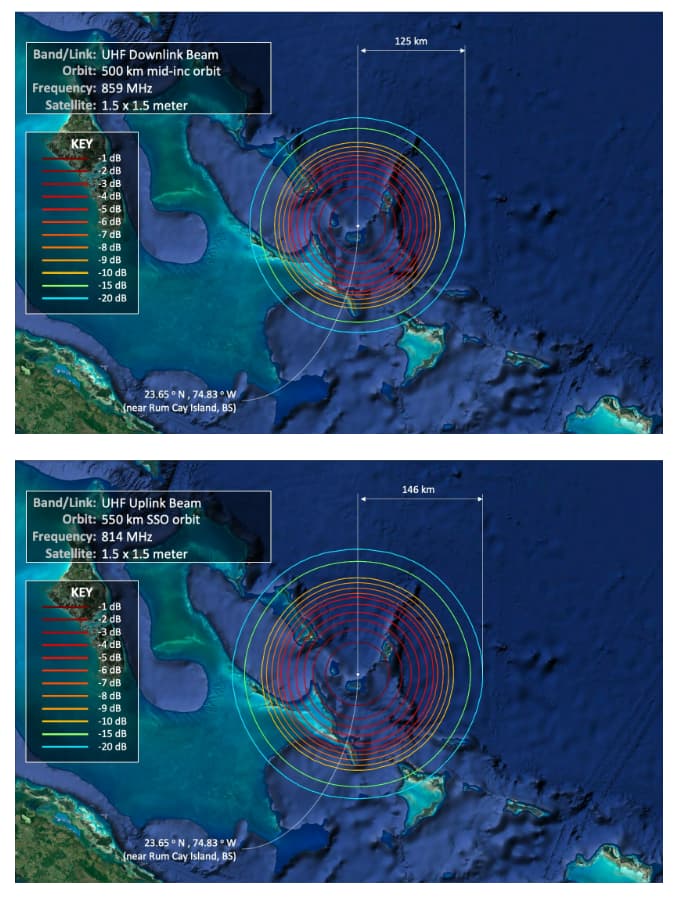On 2022-08-25, in an event at Starbase, Texas, Elon Musk and T-Mobile CEO Mike Sievert announced their plan to provide direct connectivity from SpaceX’s second-generation Starlink V2 satellites to unmodified mobile phones. The initial service will support only text messages and MMS (photo) messages, not voice communication. Elon Musk said the service will provide “maybe two to four megabits [per second]” bandwidth.
SpaceNews reports, “SpaceX and T-Mobile partner for direct-to-cellphone satellite service”:
T-Mobile announced plans Aug. 25 to use SpaceX’s Starlink broadband satellites next year to bring connectivity to phones beyond the reach of its cell towers in the United States.
Upgraded Starlink satellites would connect directly to standard cellphones under a technology partnership that aims to bring services to “mobile dead zones” across the country.
Beta services that would be initially limited to messages and pictures could begin “as soon as late next year,” T-Mobile CEO Mike Sievert said, with voice and data capabilities later coming at an unspecified time.
T-Mobile is contributing a slice of cellphone-ready nationwide spectrum as part of its partnership with SpaceX, which would beam the frequencies to phones from second-generation Starlink satellites using antennas roughly 25 square meters in size.
Starlink V2 satellites are too big to fit on a Falcon 9 that SpaceX has been using to launch its current generation of Starlinks, SpaceX CEO Elon Musk said, and need the super-heavy-lift Starship vehicle it is developing to get to low Earth orbit.
If the Starship program is “delayed longer than expected,” he said the company is considering initially downsizing second-generation satellites — “a sort of Starlink V2 mini” — so they would fit on a Falcon 9.
Musk did not specify whether a downsized Starlink V2 would have an antenna large enough to connect to mobile phones directly.


